ISO22000:2018 standard
Food safety management standard(FSMS)
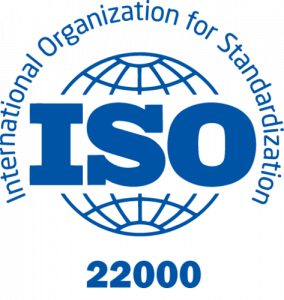
This standard is available for free and is read-only, and this version is not editable.
Summary
StandardISO22000
Human health has a very high relationship with the health and safety of the food he consumes. Therefore, with the beginning of the new millennium, researchers in this field, who realized the increasing importance of food safety, began to compile a standard to achieve as much safety and health in the chain as possible. Food supply was standardized in 2005 ISO22000 food safety management It was published with the aim of ensuring the absence of any contamination (including microbial, chemical and physical contamination)..
Why ISO 22000 standard?
This standard adopts a preventive approach by identifying, preventing and reducing the risks caused by food in the food and feed chains..
The new edition of this standard (2018) brings a clear understanding to the thousands of companies around the world who use the standard.
4 There is a common risk that the food industry must consider:
Microbiological hazards – including bacteria, fungi, viruses, etc.
Chemical hazards – such as pesticides, cleaning agents, pest control and food additives
Physical hazards – Including the dangers of packaging, glass, pest feces, hair, etc.
Allergens and cross contamination
Advantages of standard implementation ISO22000
StandardISO22000 It helps organizations to minimize food risks and improve their food safety performance..
The implementation of the ISO 22000 standard has advantages including the following:
- Improve health and safety
- Minimizing food hazards leads to better health and safety outcomes for customers, organization personnel, and people who may come into contact with food..
- Improve customer satisfaction
- Having a food safety management system in place will help you reliably deliver products that meet customer expectations..
- It helps to implement other standards and guidelines
- StandardISO22000 It links to other international standards and guidelines and can help organizations meet the requirements of these systems as well..
- Increased transparency
- StandardISO22000 It helps organizations improve the traceability of their products and achieve greater transparency about their organization’s operations.
- Improved response to hazards
- Having a food safety management system in place can help organizations respond more quickly and efficiently to issues that may compromise food safety, and help them detect and stop potential contamination before it happens..
- Reduce research time
- If contamination does occur, a food safety system helps organizations reduce the time required to investigate any food safety violations and resolve the problem more quickly..
What kind of businesses can from the standard ISO22000 Benefit?
Food safety management system ISO22000 (FSMS) can be implemented in small, medium and large food organizations from all aspects of the food chain:
- Food and ingredient manufacturers
- Retailers
- Wholesalers
- Transportation, logistics and storage providers
- packing
- Equipment and packaging manufacturers
- Catering
- Pet food manufacturers
- Animal feed producers
Standard scope of application ISO22000
The requirements of this standard are general with the aim of applicability in all organizations in the food chain, regardless of type and complexity.
final word
Failure to comply with food safety in organizations operating in the food chain can lead to serious consumer illness that can damage your organization’s reputation, result in heavy fines, and in extreme cases can lead directly to to the closure or liquidation of your organization.
Therefore, the implementation of a food safety system can play a significant role in guaranteeing the safety of your product and creating satisfaction in the customers of your organization.
Condition : published
Date of Release : June 2017
Edit version: 2
number of pages : 37
Technical Committee : ISO/TC 34/SC 17


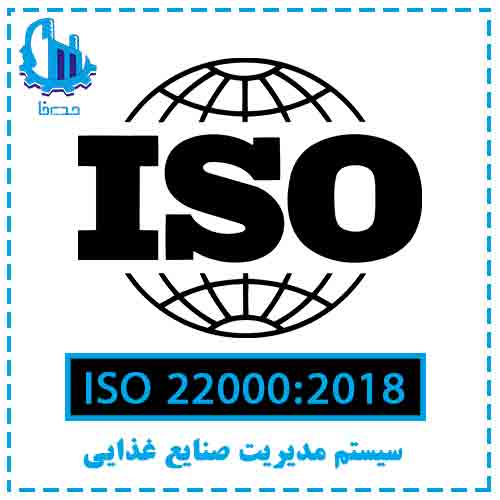
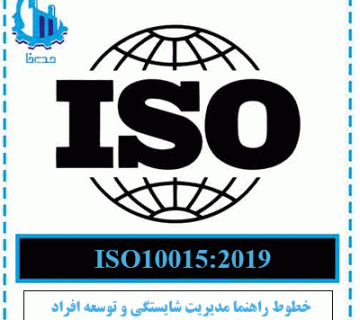
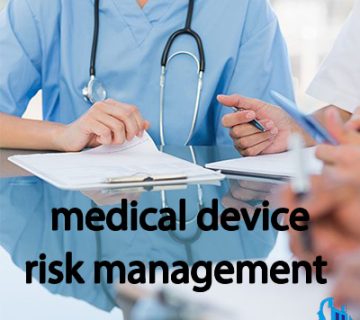
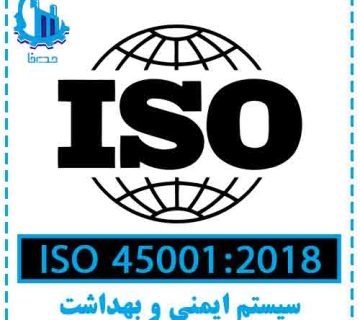
No views